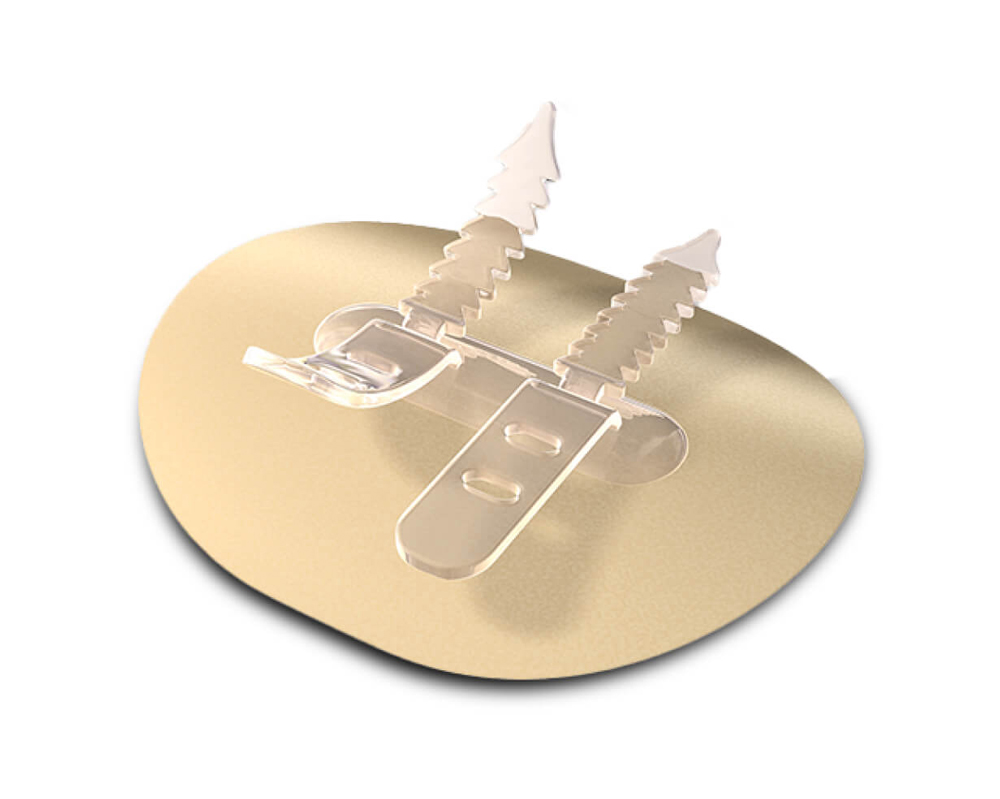
Urinary incontinence bags
Urinary incontinence bags collect urine from individuals unable to control their bladder function, often attached to urinary catheters for direct drainage. They are widely used in hospitals, long-term care facilities, and home settings to manage urinary incontinence and facilitate urine drainage in patients unable to urinate normally.
- Urine Collection: Gathers urine from individuals experiencing urinary incontinence.
- Attached to Catheters: Typically connected to urinary catheters for direct drainage.
- Medical Use: Commonly utilized in hospitals, long-term care facilities, and home settings.
- Incontinence Management: Essential for managing urinary incontinence in patients unable to control bladder function.
- Facilitates Drainage: Enables efficient drainage of urine from the bladder, promoting patient comfort and hygiene.
Skin prep wipes
Skin prep wipes are medical-grade wipes containing antiseptic solutions used in hospitals to disinfect and prepare the skin before medical procedures or device application. They help reduce the risk of infection and promote device adherence, playing a crucial role in infection control protocols to maintain patient safety.
- Disinfection: Pre-treats skin with antiseptic solutions to reduce microbial load.
- Device Adherence: Facilitates better adherence of medical devices such as catheters or electrodes.
- Infection Prevention: Helps minimize the risk of infections associated with medical procedures.
- Patient Safety: Contributes to maintaining a sterile environment and reducing healthcare-associated infections.
- Standard Practice: Integral component of skin preparation protocols in hospital settings for ensuring procedural safety and efficacy.


Hydrocolloid and adhesive remover
Hydrocolloid and adhesive removers facilitate gentle and safe removal of hydrocolloid dressings, medical tapes, and medical dressings, minimizing the risk of skin damage and discomfort for patients. These products enhance wound care protocols, promote patient comfort, and contribute to maintaining skin integrity, ultimately improving overall patient outcomes in hospital settings.
- Efficient Dressing Removal: Streamlines wound care procedures.
- Patient Comfort: Minimizes discomfort during dressing changes.
- Skin Protection: Reduces trauma to the skin.
- Optimal Healing Conditions: Facilitates proper wound assessment.
- Enhanced Efficiency: Contributes to efficient patient care.
Catheters
Urological catheters are medical devices used to drain urine from the bladder when a person is unable to do so naturally. They are inserted into the urethra or a surgically created opening in the abdomen, providing a pathway for urine to exit the body, and are commonly used in patients with urinary retention, incontinence, or during surgical procedures.
- Urine Drainage: Assists when natural voiding is impaired.
- Inserted Routes: Placed through urethra or abdomen.
- Medical Indications: Used for retention, incontinence, post-surgery.
- Treatment Aid: Supports bladder function management.
- Comfort Enhancement: Alleviates urinary discomfort.


Catheter and tube securement
Catheter and tube securement involves the use of devices or techniques to keep catheters and tubes in place, preventing accidental dislodgement or movement. This helps maintain treatment efficacy, reduces the risk of complications, and ensures patient comfort and safety during medical procedures or long-term use.
- Prevents Dislodgement: Keeps catheters and tubes securely in place.
- Treatment Efficacy: Ensures uninterrupted delivery of medications or fluids.
- Reduces Complications: Minimizes the risk of accidental removal or movement.
- Enhances Safety: Maintains patient comfort and prevents injuries.
- Facilitates Care: Streamlines medical procedures and promotes efficient patient management.
